 This past July, I had a chance to do a blog about this amazing app I’d discovered, Naturespace. Shortly afterwards, I was contacted by the company to say “thanks” for the post. This presented an interesting opportunity to talk more about Naturespace and get some time with its founder, John Buehler. He’s an amazing guy and has a lot of great stories to tell about some of the work he’s done.
This past July, I had a chance to do a blog about this amazing app I’d discovered, Naturespace. Shortly afterwards, I was contacted by the company to say “thanks” for the post. This presented an interesting opportunity to talk more about Naturespace and get some time with its founder, John Buehler. He’s an amazing guy and has a lot of great stories to tell about some of the work he’s done.
But before you jump into the interview and learn more about John for yourself, go download Naturespace for your iOS, Windows or Android right now and let the smooth, tranquil sounds fill your auditory receptors while you read the interview.
SeagateCreative: How did you come up with the idea for Naturespace?
John Buehler: The initial catalyst was the emergence of the iPod. It shifted the listening experience away from speakers, and made headphones a primary way to listen to sound. By focusing our microphone techniques specifically on headphone listening, we can reproduce sound exactly to the way the ear hears it.
Humans can naturally hear in three dimensions, it is an ability we develop early on, so it’s not a goofy contortion like 3-D movies are, it’s a very natural and intuitive experience.
It was during that time when we had iTunes albums as our format. But making albums without a label to promote you rarely yields much attention, and if you do have a label, it rarely yields any revenue, at least for the artist. It’s not like we could make an album and then go on tour performing our thunderstorms live. We are recording artists in the truest sense of the phrase, not entertainers.
So the recording industry as it stands now just doesn’t really have a place for us. With our work, nature is the performer, and the craft is about the recording techniques and locating all the wonderful, secret places in the world.
So, the first few years were a blur of technical and aesthetic experimentation, bugs, weather, fear, adrenaline, frustration, cold rivers, and excitement. The first year was especially trying for me because for the previous two-and-a-half decades I had been recording exclusively in very controlled, noise-free recording studios, and getting very, very picky about every last detail. Going outside and being subjected to the infinite onslaught of noise pollution almost broke me artistically. There were many times I would get quite depressed thinking that the goal of pristine natural sound was potentially unattainable. But we didn’t stop trying. We traveled farther and deeper, and that helped the odds a bit, but aircraft is a problem no matter where you go, at least in the U.S.
When the iPhone came out we made the free app, Naturespace: Relax Meditate Escape Sleep with the intent of using it to promote our albums. It didn’t really work out that way. The app did really well, much better than we had hoped, but hardly anyone bought the albums. So we spent the next 8 months building the in-app store, which is primarily what fuels the company currently.
I would say that it was somewhere around the fourth year of running around in the forest with all these mics when the core aesthetic principles became clearly defined in my head. Very long tracks of spatially accurate outdoor sound that loop seamlessly, with equal emphasis between the space that we are in, and the sounds that occur within that space. Nature. Space. It’s an even split. It’s not just about nature’s sound; it’s about nature’s space. A canyon has a unique sound, but only when sound is occurring within it. The sound of a crow is not awesome unless it’s in an interesting acoustic environment. You need both. Today the app has 110 tracks spanning 10 years of recording and it’s still growing.
SeagateCreative: What other projects have you worked on that may have been the forerunner for Naturespace?
JB: The honest answer is none. Recording outside is too different. Wind, sand and bugs in my mics, no power outlets, no tech bench to re-solder a cable, and an environment that is virtually guaranteed to be different every 30 minutes, it is just not the same deal at all. Conversely however, when I’m outside, I only have my own personality and ego to deal with. It’s surprising how a big of a job that is. Mostly with frustration and at times, just being a big baby.
I am frequently compromised in some way; not enough sleep or food, too much sun, tick bites, leeches, a wasp sting or whatever, and that does not exactly bring out the best in me. But nature will humble the even most arrogant person overnight if you leave them out there alone. And now, after having had so much time to learn about myself in solitude, I am simply not the same guy that I was when I started. I rarely have to deal with being frustrated anymore because I have simply stopped trying to exert my will over everything.
SeagateCreative: What was the motivation and/or inspiration for some of the sound themes you’ve created?
JB: Well, we’ve never actually told anyone this, but “Saga of the Moonflowers” was created directly as a result of the experience we all went through when our programmer’s child was born with Type 1 Spinal Muscular Atrophy, a degenerative genetic disease.
There were some long, dark nights here after the diagnosis; the parents were faced with the kind of decisions that no one should have to make. Do you put him on life support? What kind of quality of life will he have then? This child needs 24-hour care; he is on a ventilator and needs to be constantly monitored. But the light in this child’s eyes was so bright, and he was not in any pain, so overall he was a super happy kid, and still is. Everyone here knows what our programmer is capable of; the app is not bombproof by accident. This is a guy who understands complex systems, problem solving, and goal-oriented workflows way beyond a normal human being. There was simply no way that this event would turn out to be a tragedy, but an amazing success story, given the current possibilities that today’s technology presents.
But I was shell-shocked at the time and went into the studio with my guitarist and we got in this headspace of alternating between major and minor every chord, back and forth. I had just captured the most delicate field of nighttime crickets, a very fragile and detailed sound, and it all just came together so perfect. It needed more reverence so I went to a church and recorded distant piano notes, and that was that. The piano performance was done in one take with no edits and I had my head down with my eyes closed.
The whole experience was very profound and I am moved every time I listen to it. For me it perfectly captures the emotional light and dark that existed then. And the text description does the same thing for me.
SeagateCreative: How long does it take from start to finish to complete an audio project?
JB: It doesn’t really work like that usually. Projects are not done one at a time. We have a data acquisition season which is late spring thru late fall, and performance, editing and mixing occurs in winter. We’ve tried to tackle it in different ways but the reality is that once we are out in the field, we just keep going. It doesn’t make any sense to haul all our gear out to one place for a week, it’s too much effort for not enough return, so when we go, we stay gone. But on average, it takes about 100 man-hours to get a track from start to finish. That’s an average. Keep in mind, that’s counting only the tracks that actually make it into the app. Less than 5% of our recordings make the final cut.
SeagateCreative: Why so few?
JB: 5% may seem low, but it’s not as weird as it seems. First of all, noise pollution is a real problem. There can be zero manmade sound in Naturespace, and the airplane thing really is endemic everywhere, as well as cars and trucks.
But noise pollution also occurs naturally in the form of mosquitos and flies that hang out on our mics. Sometimes the wind just barely exceeds the limit of our windscreens, and it is ruined that way.
Then there is the fact that when I record a place, I could record for 18 hours, but ultimately I wouldn’t need more than the best 30 minutes of that particular place. Even it was perfect, no one wants an 18-hour track. But I never know when something magical will happen so I record for 10 to 20 hours straight, and then I find a new spot and do that again.
But many people think I can just record for 30 minutes and get 30 minutes out of it. Not really.
SeagateCreative: What type of equipment do you use when out on location?
JB: I feel like a lithium-ion battery salesman every time I fly. You can’t put LI batteries in your checked bag because of the risk of fire, so you have to carry them on, and I am not in any mood to be without power when I need it so it’s a lot of those.
In fact we have to carry-on just about everything, all the mics, the recorders, laptops, camera, GPS, cables, batteries etc. If we absolutely need to have it in the field, it’s getting carried on. We really try to avoid flying and usually go out in the Jeep.
The mics we use are heavily modified to the point of no longer being recognizable. There isn’t one particular mic for what we do; we travel with many, many options. It’s all about the mic choice actually, and where we put them and what we focus on. It doesn’t become 3D afterwards, like through some digital psychobabble stuff. It is 3D because of how we use our mics. The approach is all from a very purist mindset; we do very little to alter the sound after it has been recorded. Unless it’s hunting season – I have probably edited out 1000 distant gunshots. People sure do love to shoot stuff. It sucks to sit out there and have to listen to it. I totally don’t get it.
SeagateCreative: What is the importance of storage when developing an audio project?
JB: Data is life. And as an engineer, I am quite focused on the fact that it’s not just sound I’m dealing with, its a digital bit stream that has it’s own requirements. I’ve had hard drive failures in the field but I’ve never lost any data because everything we do is recorded redundantly on multiple independent solid-state media, and immediately backed up to two different FW800 drives. After a week of being in the field, one of those drives gets shipped back to the studio and a new drive comes online. We go through hard drives like water.
Having the proper backup and storage workflow is the main difference between a pro and a hack. No data loss. Ever. It is totally do-able. It’s a poor craftsman that blames his tools. If you lose data, don’t blame the hard drive, blame your not-backed-up self.
SeagateCreative: What is your production process like? What are the steps you take when developing a new audio project?
JB: Well, it starts with our list of stuff. Stuff we haven’t gotten yet. We do a month-long process of pulling together the targets for the next season and try and get it all to fit into trips that don’t spread us too thin, usually by overcommitting to too many places.
I hate having to leave a place when it’s perfect (or being stuck in a place that isn’t), so often the plan is adapted in some major way once we get out there. The main job is to know where the water is. If we want birds, we need to be near water. If we don’t, we go the other way, up into the mountains. Most decisions involve water in some way or another. It really defines the land and dictates what kind of wildlife and environment we will be getting more than anything else. It’s one of the few things we can use predictably.
We also have to plan when we will have a roof. We can’t stay out for a whole month, we need batteries to charge. And a shower. So there is always some home base we work out from radially. Beyond that we assume nothing.
We have goals, but nature is not in the loop regarding our plans. Once we are out, we stop. And we listen. And we feel. Intuition is the primary tool we use. When all the planning is done, when all the knowledge we can gather is acquired, it is intuition that guides us.
Once we find where we want to be, there is usually some unique problem that needs to be dealt with so there’s a duct-tape and zip-tie fest, and then its all recording all the time. Non-stop until we are home. The recording process is obviously the good part for us. There is nothing like capturing an unfolding natural event, like a sunrise for example. We have no idea what will happen when the sun comes up, but the mics are out by 3am. Then as dawn begins, we watch it all play out. I have seen countless sunrises in a myriad of places and every time it’s different.
Once the trip is over, I go into the studio and begin the process of sifting through it for the good stuff, cleaning it up, editing it, then mixing and mastering.
Usually the name and the text description will be written as I mix, while I am most sensitive and mentally immersed in the track. From there I am a few mouse clicks away from pushing it into the app.
SeagateCreative: What’s one unique or interesting thing that happened during your recording process?
JB: I have a lot of stories as you might expect. Plenty of bear encounters, alligators, snakes, and more than once we have come across marijuana grows and meth-lab looking stuff in the middle of the forest.
That’s not something you want to hang out near. But one particular event that comes to mind was when we were on the Big Island in Hawaii recording waves. There were three of us, all managing separate mic arrays but within 50 feet of each other.
There are two kinds of lava fields, pahoehoe, which is smooth and black, and AA (as in Aggh! Aggh!) which is really sharp, jagged terrain; half-glass and half steel so it actually looks rusted. It’s an “instant shred-you-to-ribbons if you fall into the waves” scenario
Well, we weren’t on the smooth stuff. We had been recording for well over an hour when a much bigger wave than we had seen all day comes rolling at us, and we are suddenly up to our knees in water. At this point we hadn’t been closer than 40 feet to the waves, but this one had some reach and progressed much farther.
But before that wave could recede, another rolled in right on top of it. Now we were up to our waists, and we all had trouble keeping our footing because the wave was really trying to pull us out to sea, so each one of us was kind of looking down, holding the mics and recorders as high in the air as we could, standing on these giant rusted razor blades of lava.
It was then that I looked up and saw this totally sick wall of white riding in on top of everything and we all thought that was going to be it. This wave came in and kicked our ass so bad, it was over our heads, mics sticking out of the water and somehow we managed to all stay basically in place. 4 pairs of headphones were being pulled into the deep blue but they were still connected, we probably had 100 feet of mic cables swaying and pulling all around in the water. 3 of those headphones still work, but now they leave salt around the ears.
All the expensive stuff was elevated just inches above the water. That was a close one. The recording itself is scary, one day we will have to release all the crazy stuff that has happened over the years (although a fair amount of it will have to be bleeped.)
SeagateCreative: Naturespace has a unique and diverse collection of audio tracks. Do you see yourselves continuing to develop more or do you feel you’ve reached the top of the mountain?
JB: Not top of the mountain, tip of the iceberg. We have a long, long way to go before I’m finished. I think it’s one of those “until death do us part” deals, me and 3D sound. Long, long way to go. Couldn’t be happier about it. Winner of Best Job in the World goes to me, and I know it.
I am filled with gratitude that the universe has seen fit to hook me up with this life. But gratitude has no function if there is no corresponding action after. I have a life debt and I am going to pay it back. There are many people in the world that truly need the healing power of spatially accurate outdoor sound that don’t have it yet, and that is something I cannot abide.
Nature is not exactly a one-trick pony either; with so many beautiful, undiscovered secret places all over, how could I possibly walk away from it?
No way. Not done. Never will be.





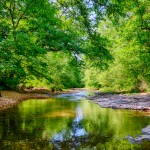
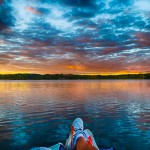
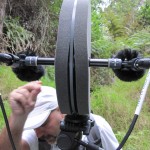
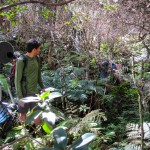
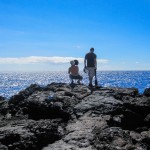
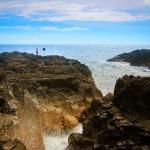
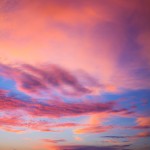
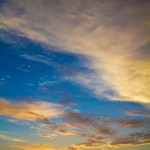

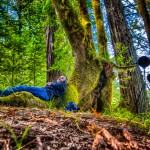
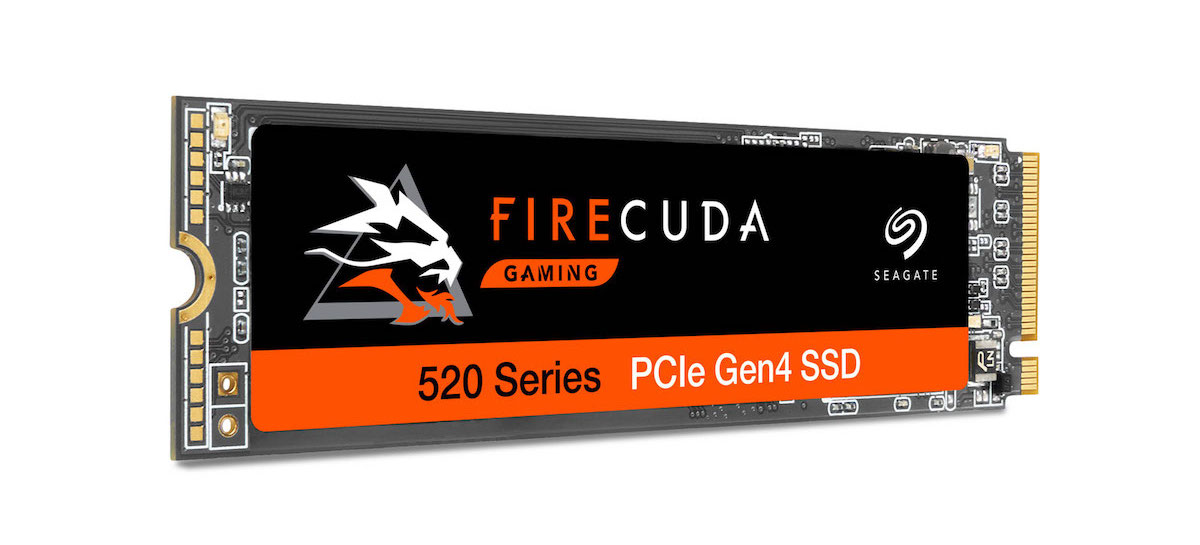



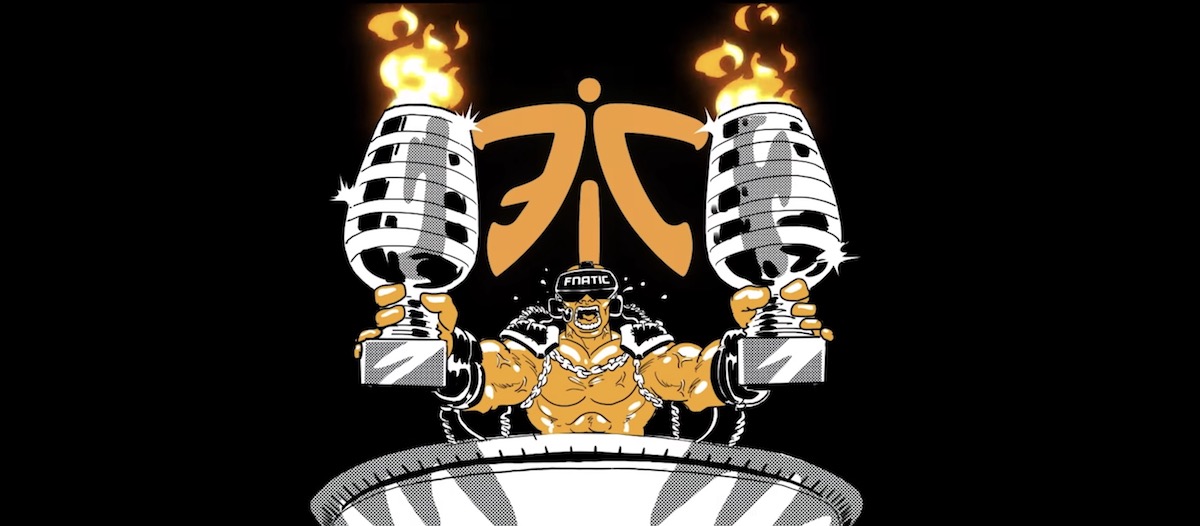
Leave A Comment